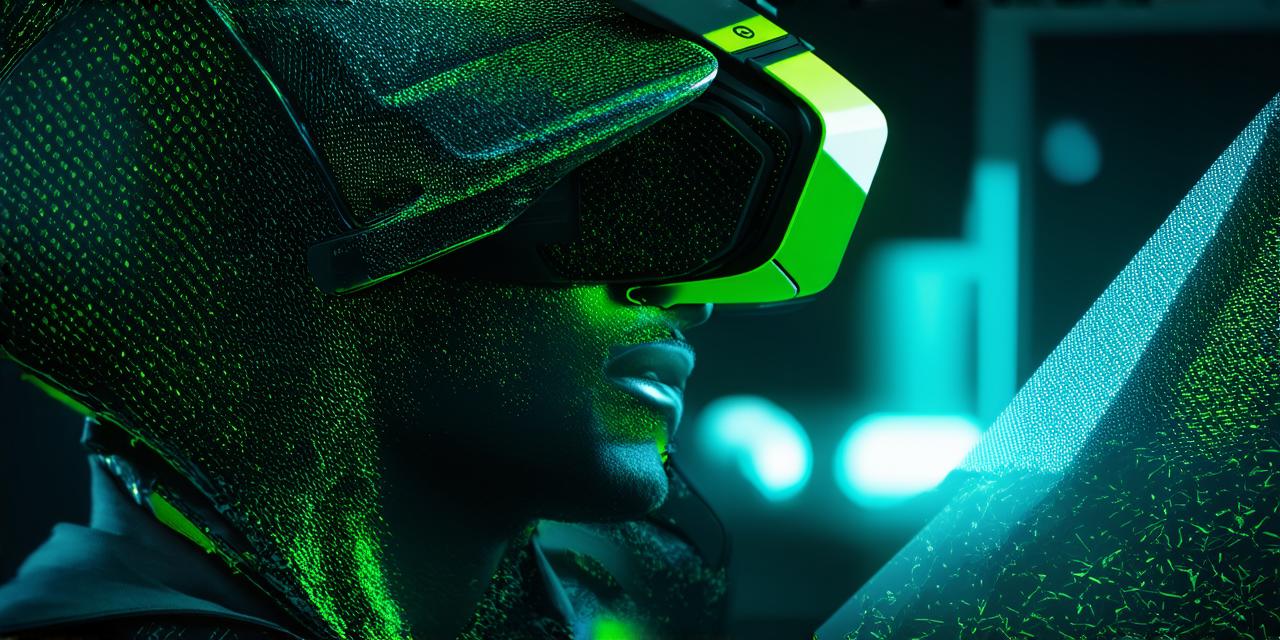Virtual reality (VR) is an emerging technology that has been rapidly gaining traction in recent years. It’s a highly immersive and interactive experience that can transport users into a simulated environment, allowing them to interact with virtual objects and environments as if they were real.
In this guide, we will explore the various aspects of creating a VR environment, from designing the layout to adding interactive elements. We will also provide practical tips and best practices for creating engaging and immersive VR environments that resonate with users.
Understanding Virtual Reality Technology
Before diving into the process of creating a virtual reality environment, it’s important to have a solid understanding of the technology itself. Here are some key concepts you should familiarize yourself with:
- Head-mounted display (HMD): This is the device worn on the head that displays the VR experience. Examples include the Oculus Rift and HTC Vive.
- Tracking system: This system tracks the movement of the user’s head, allowing the VR environment to adjust in real-time based on their movements.
- Controller: These are handheld devices used to interact with virtual objects and environments. Examples include the Oculus Touch and HTC Vive Wand.
- Sensors: These devices measure the user’s movement, allowing the VR environment to accurately track their position in real-time.
- Render engine: This is the software that generates the 3D graphics displayed on the HMD. Examples include Unity and Unreal Engine.
Designing the Layout of Your Virtual Reality Environment
The layout of your virtual reality environment is one of the most important aspects to consider when creating a VR experience. Here are some tips to help you design an effective layout:
- Keep it simple: VR environments can be overwhelming if they contain too much information or visual clutter. Stick to the essentials and limit the number of objects in your environment to avoid confusion.
- Use spatial awareness: Virtual reality environments should be designed with spatial awareness in mind. Make sure that objects are placed at appropriate heights, distances, and angles to create a sense of depth and realism.
- Consider user flow: How users move through your VR environment is just as important as its layout. Consider the natural flow of users and design your environment accordingly.
- Test, test, test: Once you have designed your VR environment, it’s important to test it thoroughly to ensure that it is intuitive and easy to use. Get feedback from beta testers and make adjustments as necessary.

Adding Interactive Elements to Your Virtual Reality Environment
Interactive elements are what make VR environments come alive. Here are some tips for adding interactive elements to your VR experience:
- Use hand gestures: Hand gestures are a natural way for users to interact with virtual objects. Consider using simple hand gestures like pointing, grabbing, or wielding weapons to add interactivity to your environment.
- Incorporate voice commands: Voice commands can be used to control virtual objects and environments, making them more accessible and user-friendly.
- Add physics-based interactions: Physics-based interactions allow users to interact with virtual objects in a realistic way. For example, they can push or pull objects or even break them if they have the necessary force.
- Consider haptic feedback: Haptic feedback is a technology that provides tactile sensations to users, such as vibration or resistance. It can be used to enhance the sense of realism in your VR environment.
Best Practices for Creating a Virtual Reality Environment
Here are some best practices for creating a virtual reality environment:
- Keep it comfortable: Users should be able to comfortably wear their VR headset and move around in the environment without feeling cramped or disoriented.




